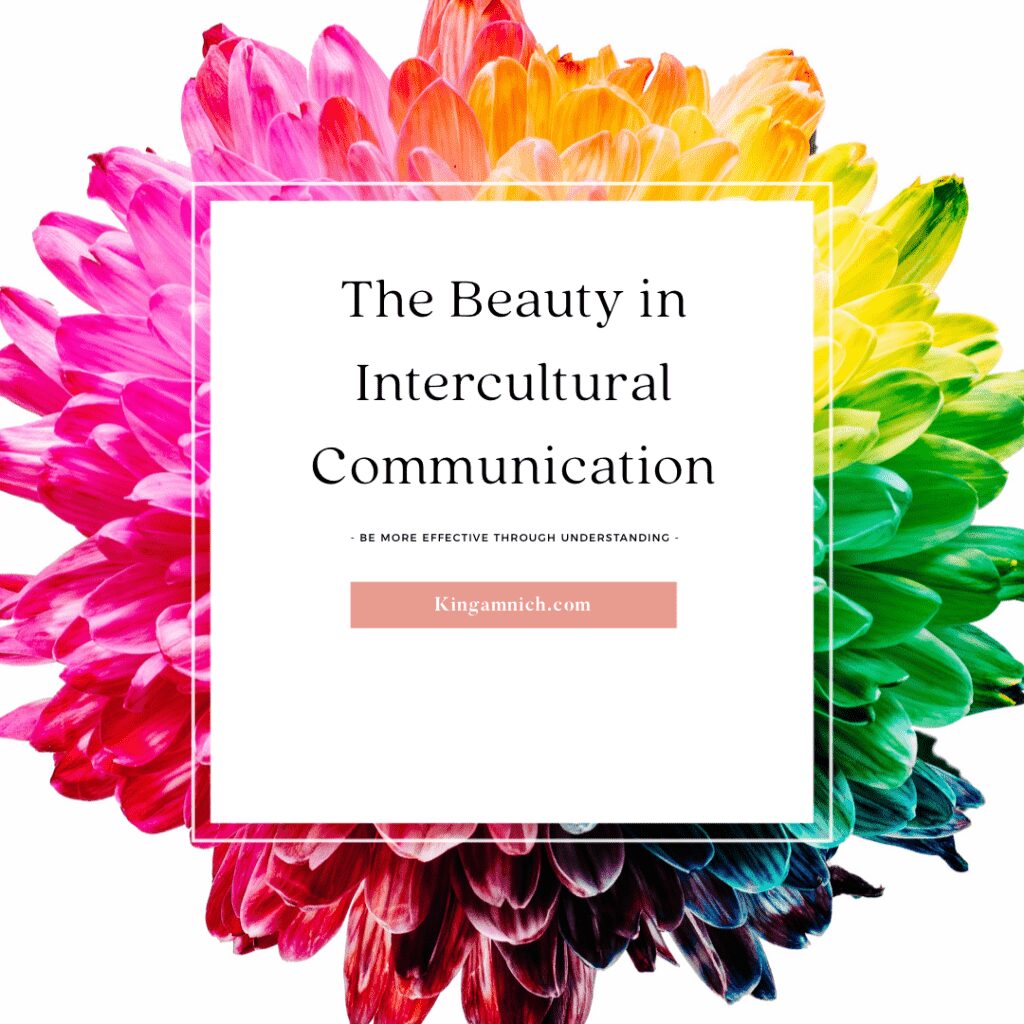Do you work in a multicultural office? Do you have coworkers or clients from other countries or cultures? As we move further into the twenty-first century, this is becoming increasingly common and the norm. The internet and other innovations have made the world feel smaller and more accessible. That’s why communicating effectively across cultures is more important now than ever.

Overcoming Miscommunication Challenges
Intercultural communication presents unique challenges that require us to be mindful of different perspectives, opinions, values, and modes of thinking. If not navigated with care, these differences can easily lead to misunderstandings. For example, someone from a Western culture may focus on individual accomplishments at work, while someone from an Eastern culture may emphasize the environment that facilitated those achievements.
Some cultures value context highly. Individuals from these cultures might prefer to provide extensive background information, history, or setting details during conversations. On the other hand, people from low-context cultures might find such detailed explanations unnecessary and even annoying.
Additionally, cultural norms around politeness or directness can vary significantly. In some cultures, being polite and courteous is paramount; honesty and directness are more highly valued in others. This discrepancy can lead one person to perceive another person as rude when no offense was intended.
Assertiveness in communication also varies across cultures. In some settings, assertive communication is encouraged and seen as effective; in others, less assertive approaches are preferred. For example, less assertive cultures might allow for long pauses in conversation—pauses that more assertive individuals might interpret as invitations to speak. When people from different backgrounds interact, one party may feel unheard while the other feels the exchange is unproductive. It’s worth noting that these variations can occur within the same country, too; for instance, individuals from the American Midwest generally engage less assertively than those from the American Northeast.
Bridging the Gap
The Sapir-Whorf hypothesis—a well-known linguistic theory—suggests that language shapes our perception of reality. For instance, speakers of languages where “bridge” is feminine may describe it using adjectives like “graceful,” whereas speakers of languages where “bridge” is masculine might use descriptors like “strong.” Such subtle differences can cause miscommunication if parties involved aren’t sensitive to potential variations in viewpoint or approach.
It’s crucial to remember that communication extends beyond word choice alone; tone of voice, body language, and gestures all play significant roles in conveying messages accurately across cultural divides. Being aware of these nuances helps prevent misunderstandings and conflicts.
Practical Strategies for Effective Intercultural Communication
- Active Listening: Pay close attention not just to words but also to non-verbal cues.
- Cultural Sensitivity Training: Engage in training sessions or workshops focused on understanding cultural differences.
- Ask Questions: If unsure about something culturally specific—ask! Most people appreciate genuine curiosity about their culture.
- Adaptability: Be willing to adjust your communication style based on who you’re interacting with.
- Patience: Give yourself—and others—the grace needed when navigating intercultural exchanges.
By embracing these strategies alongside emotional intelligence practices such as empathy and self-awareness—we foster environments where diversity thrives through mutual respect and understanding.
Conclusion
The beauty of intercultural communication lies not only in its complexities but also in its power to connect us deeply despite our differences, enrich our lives by broadening perspectives, and ultimately unite us towards common goals regardless of the varied backgrounds or experiences we bring along this journey together!











